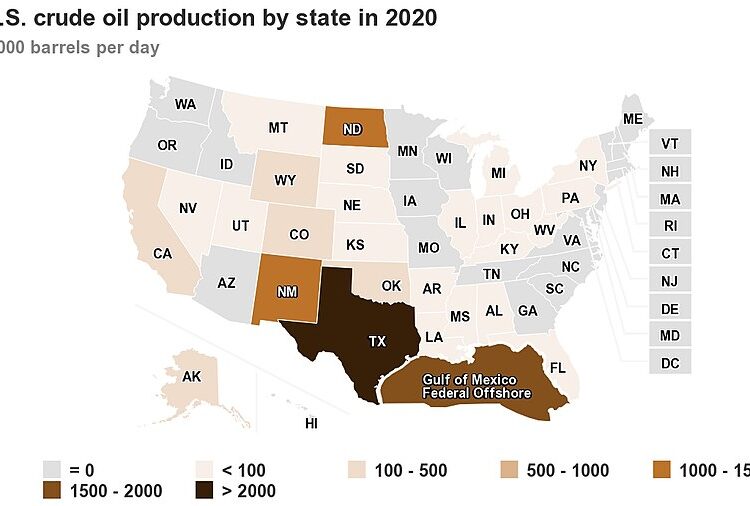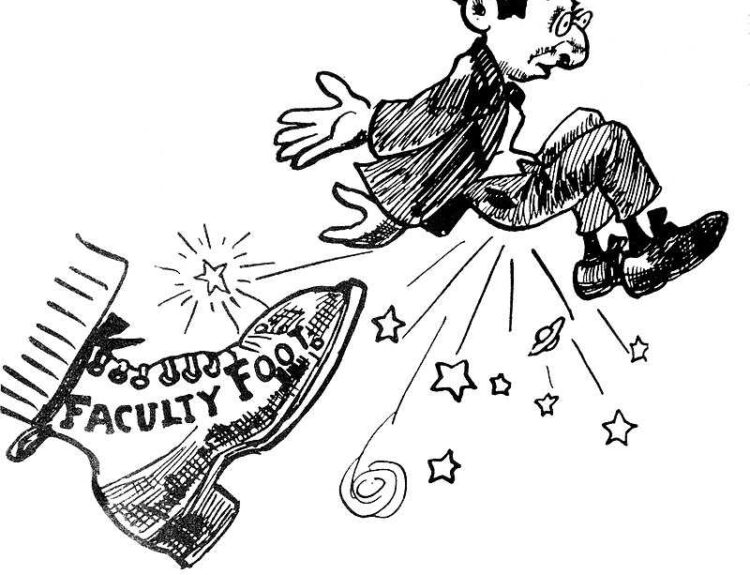Unveiling the relentless fight of women who reshaped finance’s male-dominated landscape.
- Women faced significant challenges when entering Wall Street in the 1950s and 60s.
- Sexual harassment was rampant, with women often having to fend off unwanted advances.
- Many women started in support roles, gradually moving up the ranks despite systemic barriers.
- Muriel Siebert became the first female member of the NYSE in 1967, paving the way for future women in finance.
- By the 1980s, more women were entering business schools, but they still faced discrimination in the workplace.
- Despite progress, women remain underrepresented in leadership positions in finance.
In the 1950s and 60s, women entering Wall Street faced a daunting environment filled with challenges. The financial district was a male-dominated space, where women were expected to conform to a specific playbook to succeed. Many women began their careers as secretaries or clerks, often enduring harassment and unwanted advances from male colleagues. Bernadette Murphy, for instance, worked as an assistant in a trading department and frequently had to fend off inappropriate propositions. Despite these obstacles, some women, like Beth Dater, managed to climb the corporate ladder by starting in entry-level positions and learning the ropes. nnThe landscape began to shift when Muriel Siebert became the first female member of the New York Stock Exchange in 1967, a groundbreaking achievement that opened doors for future generations. However, even as more women entered the workforce, they often found themselves facing discrimination and unequal pay. Mary Farrell, for example, discovered she was earning significantly less than her male counterparts. nnBy the 1980s, the influx of women into business schools marked a significant change, yet they still struggled to gain equal footing in the industry. The insider trading scandals of the late 1980s highlighted the fact that women were still not fully integrated into the financial world. nnIn the 1990s, women at firms like Bear Stearns began to unite against workplace harassment, but their efforts often met resistance. Despite the progress made, women still hold a small percentage of leadership roles in finance today. As of 2022, only 12% of managing director positions and 16% of partner roles at private equity firms were held by women. The journey of women in finance is ongoing, and it may be time to rewrite the rules of the game.·
Factuality Level: 7
Factuality Justification: The article provides a historical overview of women’s experiences on Wall Street, supported by specific examples and quotes. However, it contains some anecdotal elements and personal perspectives that may introduce bias, and the narrative occasionally veers into sensationalism regarding the challenges faced by women, which could detract from its overall objectivity.·
Noise Level: 8
Noise Justification: The article provides a detailed historical account of women’s experiences on Wall Street, highlighting systemic issues such as sexism and pay inequality. It includes specific examples and personal stories that illustrate the challenges faced by women in a male-dominated industry. The article stays on topic, supports its claims with evidence, and offers insights into the evolution of women’s roles in finance, making it a thoughtful analysis rather than filler content.·
Public Companies: JP Morgan (JPM), Goldman Sachs (GS), Lehman Brothers (LEH), Merrill Lynch (MER), Bear Stearns (BSC), NYSE Group, Inc. (NYX), Shearson American Express (AXP)
Private Companies: Fiduciary Trust Company,Pershing & Co.
Key People: Bernadette Murphy (Assistant in a trading department), Beth Dater (Research analyst-in-training), Mary Wrenn (Industry specialist), Muriel Siebert (First female NYSE member), Mary Farrell (Securities analyst trainee), Alice Jarcho (First woman to trade on the floor), Maureen Sherry (Top-level Bear Stearns employee), Paulina Bren (Historian and professor at Vassar College)
Financial Relevance: Yes
Financial Markets Impacted: The article discusses the historical presence and challenges of women in Wall Street firms, which impacts the financial industry and its workforce dynamics.
Financial Rating Justification: The article focuses on the evolution of women’s roles in financial institutions, highlighting issues such as gender discrimination and the slow progress towards equality, which are directly relevant to financial markets and corporate structures.·
Presence Of Extreme Event: No
Nature Of Extreme Event: No
Impact Rating Of The Extreme Event: No
Extreme Rating Justification: The article discusses the historical challenges faced by women on Wall Street but does not mention any extreme event occurring in the last 48 hours.·
Move Size: No market move size mentioned.
Sector: All
Direction: Neutral
Magnitude: Medium
Affected Instruments: No
 www.wsj.com
www.wsj.com 





